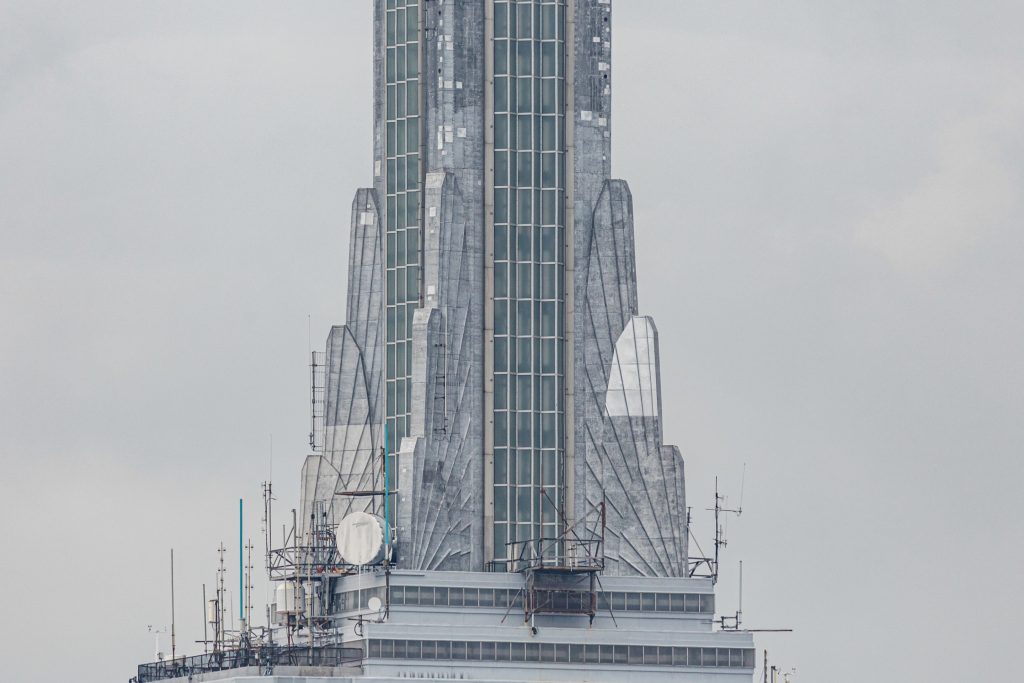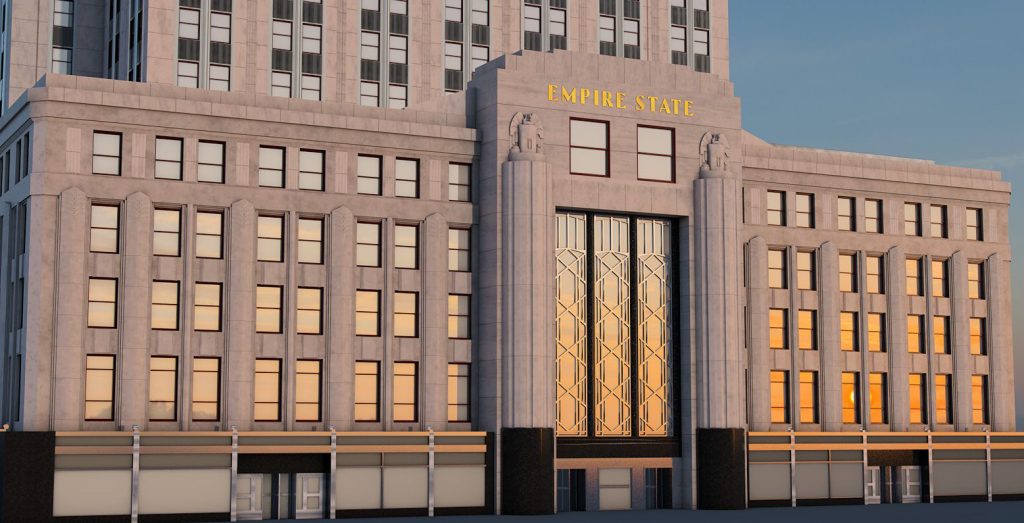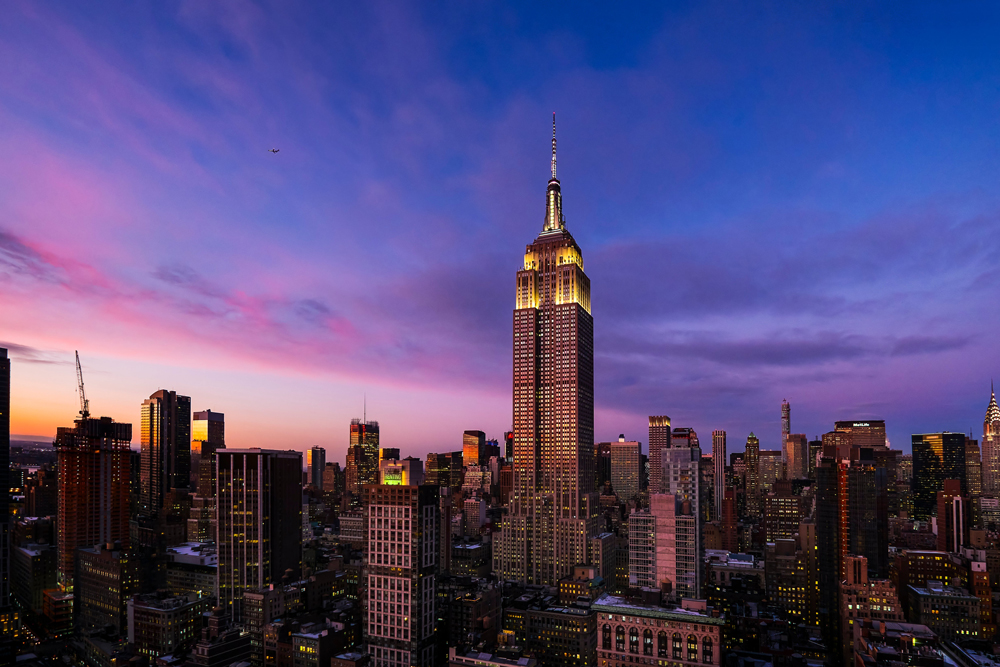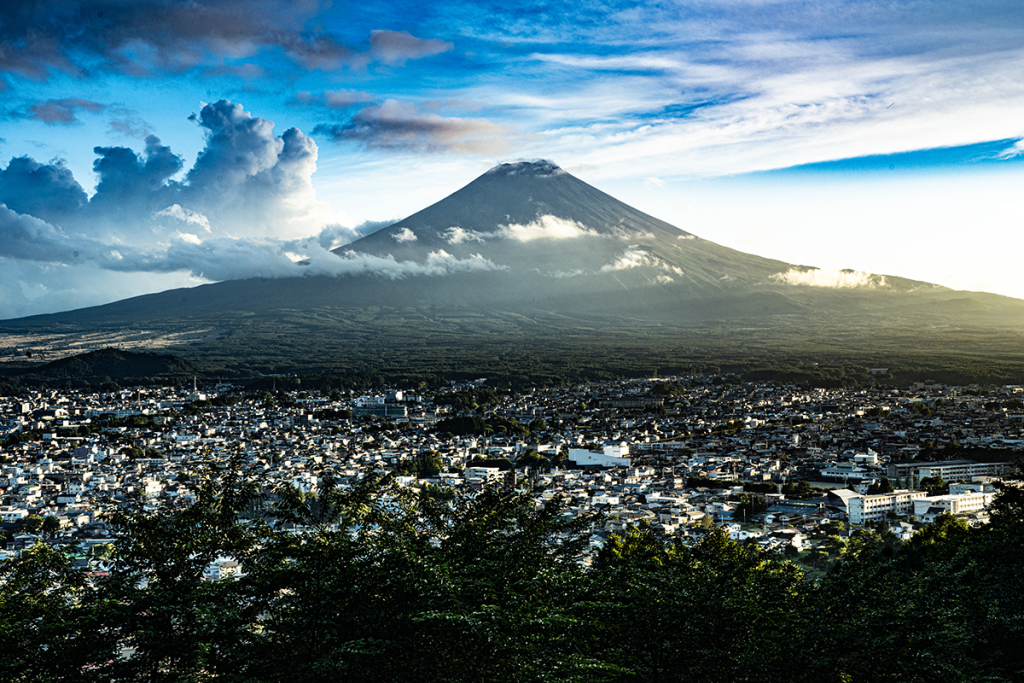The Empire State Building, an iconic structure standing tall in the heart of Manhattan, New York City, is not merely a skyscraper; it is a symbol of architectural prowess, a testament to human ingenuity, and a defining feature of the city’s skyline. Completed in 1931, this Art Deco masterpiece has held a special place in the hearts of New Yorkers and people around the world for nearly a century.
Rising to a staggering height of 1,454 feet (443.2 meters) at its pinnacle, the Empire State Building was the tallest building in the world upon its completion and held that title for nearly 40 years. Its design, conceived by the architectural firm Shreve, Lamb & Harmon, is a harmonious blend of modernist aesthetics and Art Deco ornamentation, creating a structure that is not only monumental but also visually stunning.
One of the most remarkable aspects of the Empire State Building is its construction timeline. The Great Depression posed significant challenges for such an ambitious project, but the building was miraculously completed in just over a year. Its construction employed thousands of workers and showcased the resilience of the American spirit during trying times.

The building’s exterior is adorned with Indiana limestone and granite, showcasing intricate detailing and exquisite craftsmanship. The setbacks in its design, a characteristic feature of the Art Deco style, not only contribute to its visual appeal but also serve practical purposes, allowing for ample sunlight to reach the streets below.
The Empire State Building comprises 102 floors, housing offices, commercial spaces, and observation decks. The latter, located on the 86th and 102nd floors, offer breathtaking panoramic views of the city, making them popular tourist attractions. The observation decks have hosted countless visitors over the years, providing an unparalleled experience of witnessing the sprawling metropolis below.
Perhaps the most captivating feature of the Empire State Building is its ever-changing lighting scheme. The tower is often bathed in vibrant colors to commemorate various occasions, celebrations, and awareness campaigns. This dynamic use of lighting has become an integral part of the building’s identity and has solidified its role as a living symbol of the city’s spirit.
The Empire State Building has played a significant role in popular culture, featuring prominently in numerous films, television shows, and works of literature. Its towering presence has made it a favorite backdrop for filmmakers seeking to capture the essence of New York City. From “King Kong” scaling its heights to Tom Hanks and Meg Ryan meeting at its summit in “Sleepless in Seattle,” the building has become an enduring symbol of romance, adventure, and urban life.

Over the years, the Empire State Building has undergone several renovations to enhance its energy efficiency and sustainability. These efforts reflect a commitment to preserving this architectural gem for future generations while also adapting to the evolving needs of a modern city.
In conclusion, the Empire State Building stands not only as a physical marvel but also as a symbol of human determination, resilience, and the enduring spirit of New York City. Its timeless elegance, coupled with its cultural significance, ensures that it will continue to captivate and inspire people for generations to come. As an ever-present sentinel in the New York City skyline, the Empire State Building remains a beacon of hope, progress, and architectural brilliance.




